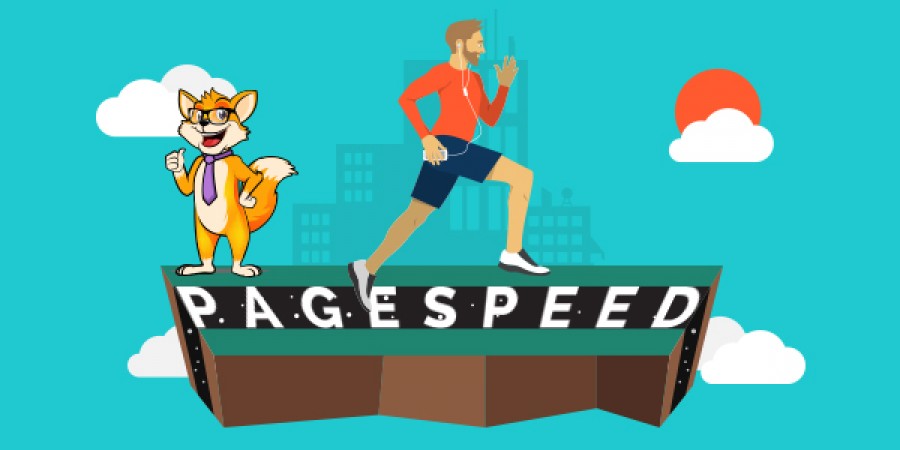
Images play a crucial role in enhancing the visual appeal of your website and conveying information effectively. However, if not optimized properly, images can negatively impact your website's SEO and page speed. In this article, we'll explore the best practices for optimizing images to ensure better SEO rankings and faster loading times.
In today's digital landscape, a visually appealing website is essential to captivate your audience's attention. Images can make your content more engaging and shareable. However, if not optimized correctly, images can lead to slow-loading web pages, negatively affecting user experience and search engine rankings.
Importance of Image Optimization
Image optimization is crucial for improving both SEO and page speed. Optimized images result in faster loading times, reduced bounce rates, and higher user engagement. Search engines also consider page speed and image optimization as ranking factors, making it essential for your website's overall performance.
Choosing the Right Image Format
Selecting the appropriate image format can significantly impact your website's performance. JPEG, PNG, and GIF are the most commonly used formats. JPEG is best for photographs, while PNG is suitable for images with transparency. GIFs are ideal for simple animations. Choosing the right format helps maintain image quality while minimizing file size.
Resizing and Scaling Images
Before uploading images to your website, ensure they are appropriately sized. Large images can slow down your site's loading speed. Use image editing tools to resize and scale images according to their display dimensions on the website.
Compressing Images for Web
Image compression reduces file size without compromising quality. Numerous online tools and plugins are available to compress images while retaining visual integrity. Smaller image files lead to faster page loading times.
Utilizing Image Alt Text
Alt text provides a textual description of an image, helping search engines understand the content. Including relevant keywords in alt text can improve your website's SEO. Additionally, alt text is crucial for accessibility, making your site usable for visually impaired users.
Implementing Lazy Loading
Lazy loading is a technique that defers the loading of images until they are visible in the user's viewport. This reduces initial page load times and saves bandwidth, especially on long-scrolling pages with multiple images.
Using Responsive Images
Responsive images adapt to different screen sizes and devices. This ensures that images are displayed correctly and maintain their quality across various platforms. Using the srcset attribute in HTML allows browsers to choose the most appropriate image based on the user's device.
Image File Naming
Giving descriptive file names to images enhances SEO. Use relevant keywords in the image file names to help search engines understand the image's context. Avoid generic file names like "image001.jpg."
Structured Data for Images
Implementing structured data, such as Schema Markup, for images helps search engines understand the image's content, license, and authorship. This can lead to enhanced image search visibility and improved SEO.
Content Delivery Networks (CDNs)
CDNs store copies of your website's images on servers located closer to the user's geographical location. This reduces the distance images travel and improves loading times, contributing to better page speed and user experience.
Page Speed and User Experience
Faster loading pages contribute to better user experience and increased engagement. Users are more likely to stay on your site and interact with your content when pages load quickly. Google's PageSpeed Insights tool can help you identify areas for improvement.
Mobile-Friendly Optimization
Optimizing images for mobile devices is essential, as mobile traffic constitutes a significant portion of internet users. Use responsive design and serve appropriately sized images to mobile users for a seamless experience.
Testing and Monitoring
Regularly test your website's loading speed and performance using tools like Google PageSpeed Insights and GTmetrix. Monitor how image changes impact loading times and make necessary adjustments.
Optimizing images for SEO and page speed is a critical aspect of website development. By choosing the right image format, resizing, compressing, and using proper alt text, you can enhance user experience, improve search engine rankings, and ensure your website loads quickly across all devices. Remember, a well-optimized website not only attracts visitors but also keeps them engaged and satisfied.
Chausath Kalas: A Multifaceted Exploration of Ancient Arts
Discover the Power of Journaling: When to Start a New Diary for Self-Reflection